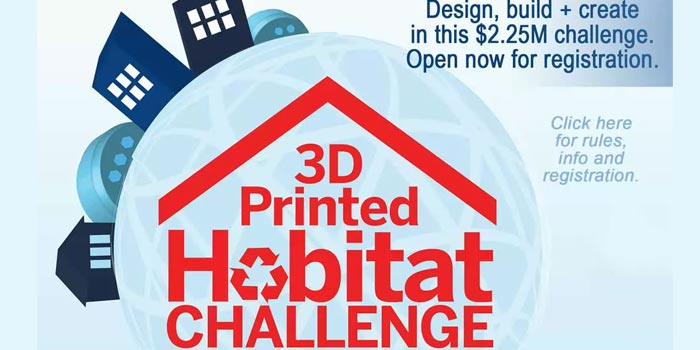If we are to explore new worlds, the need for creating a sustainable habitat is necessary and NASA is looking to find just that through its new competition. The space agency is ready give out 2.25 million in prizes to those capable of designing a habitat for deep space exploration which can be fully 3D printed.
Officially called the multi-phase 3D Printed Habitat Challenge, NASA has teamed up with the National Additive Manufacturing Innovation Institute to hold this competition. The main purpose of this is to advance the additive construction technology for creating housing solutions for not only Earth, but other worlds as well.

The contest has been divided into two different phases with prizes divided up. The first stage will offer $50000, while the second phase which is further divided into two different levels will award winners $1.1 million each.
According to Sam Ortega, Centennial Challenges program manager, 3D printing technology is of prime importance for deep space exploration. Packing materials and equipment enough to create a habitat on another world from Earth itself would prove to be highly inefficient mainly since this takes up a lot of cargo space which could be used for life-sustaining provisions.
Also read: Drone-maker plans to be the first to fly a plane on Venus
Being able to create shelter using indigenous materials and also waste from the spacecraft is considered invaluable. Using the concepts it derives through this competition, NASA wants to be able to deploy habitat-manufacturing machines to other worlds like Mars to prepare for the inevitable arrival of human explorers.
While 3D printing materials for use on other worlds is an effecting way to create habitats, it can also be implemented on Earth itself. NASA plans to use the concepts to develop affordable housing solutions in remote locations which have limited access to building materials.
